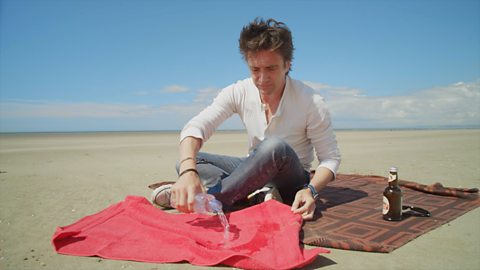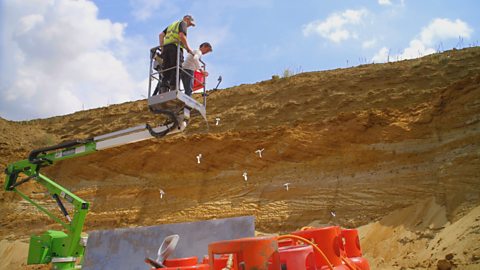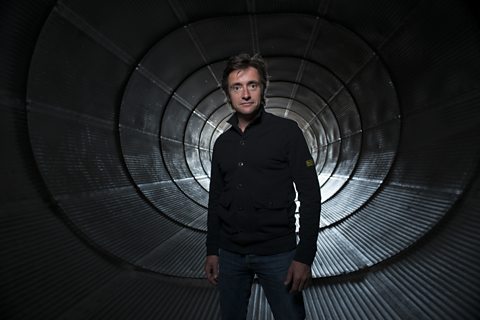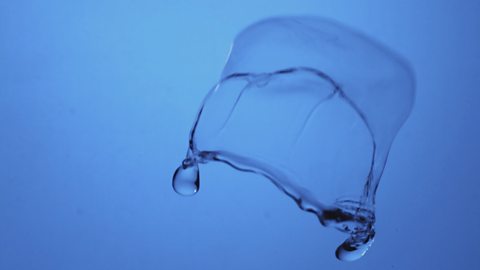Richard Hammond explores the weather conditions that form hail.
The two variables are summer thermals and powerful thunderstorms. As thunderclouds are very high, the water droplets contained within them freeze.
The upward thermals keep the ice supported in the cloud where new super cooled water enlarges the ice until they are too heavy for the up-drafts to be supported. This is when they fall to the ground.
Teacher Notes
This short film provides a description of the conditions needed for hail formation and an explanation of how hail forms. Your class could investigate other atmospheric conditions that produce hail.
Curriculum Notes
This topic appears in geography and physics at KS3 and KS4 in England, Wales and Northern Ireland and National 5 in Scotland. At GCSE it appears in AQA, OCR A, EDEXCEL, EDUQAS, WJEC and CCEA, in SQA at National 5.
More from Richard Hammond's Wild Weather
How can you cool a drink using the sun? video
Richard Hammond uses a beach, a towel, water and a drink to demonstrate how evaporation can be used to cool liquid.

How does a thermal form? video
Richard Hammond demonstrates how thermals are formed through heat from the sun.

How to see thunder. video
Richard Hammond visits Lightning Testing and Consultancy in Oxfordshire to take part in laboratory experiments that demonstrate the effect of thunder within controlled conditions.

How to use wind to forecast the weather. video
Richard Hammond demonstrates how we can forecast the weather simply by watching the way the wind effects the clouds.

Inside a tornado. video
Richard Hammond explores the properties of a tornado that has been created in laboratory conditions.

What is the difference between rain and drizzle? video
Richard Hammond demonstrates a visual technique to distinguish between drizzle and rain.

What is wind? video
Richard Hammond demonstrates how wind is created due to differences in air pressure.

Why does water fall as rain? video
Richard Hammond demonstrates the effect of water on other physical objects.
